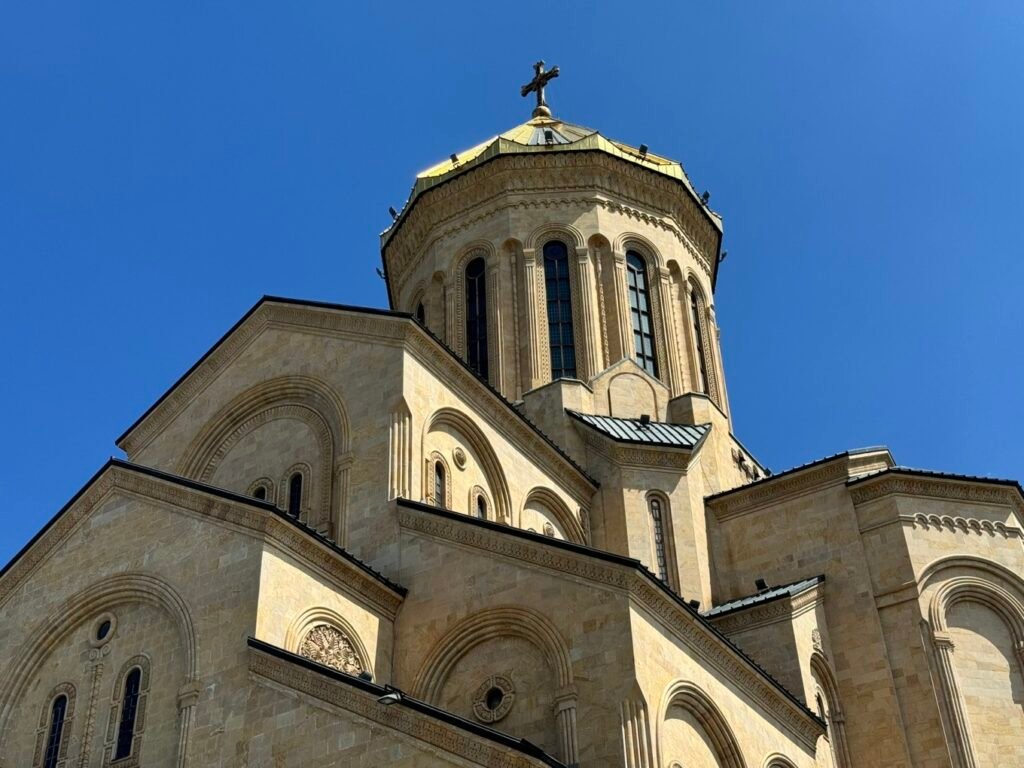Georgia, a land with many enchanting descriptions like “God’s backyard,” “the birthplace of wine,” “beautiful landscapes with few crowds and low prices,” and “affordable ski resorts that rival the Alps’ powder.”
I was intrigued by the name Georgia and did a quick search. I found out that Georgia has ski resorts too! The snow quality is like Switzerland, but the costs are just a fifth of what you’d pay in European countries. So, while skiing in Sochi, Georgia was naturally chosen as our top winter travel (skiing) destination for the next year.
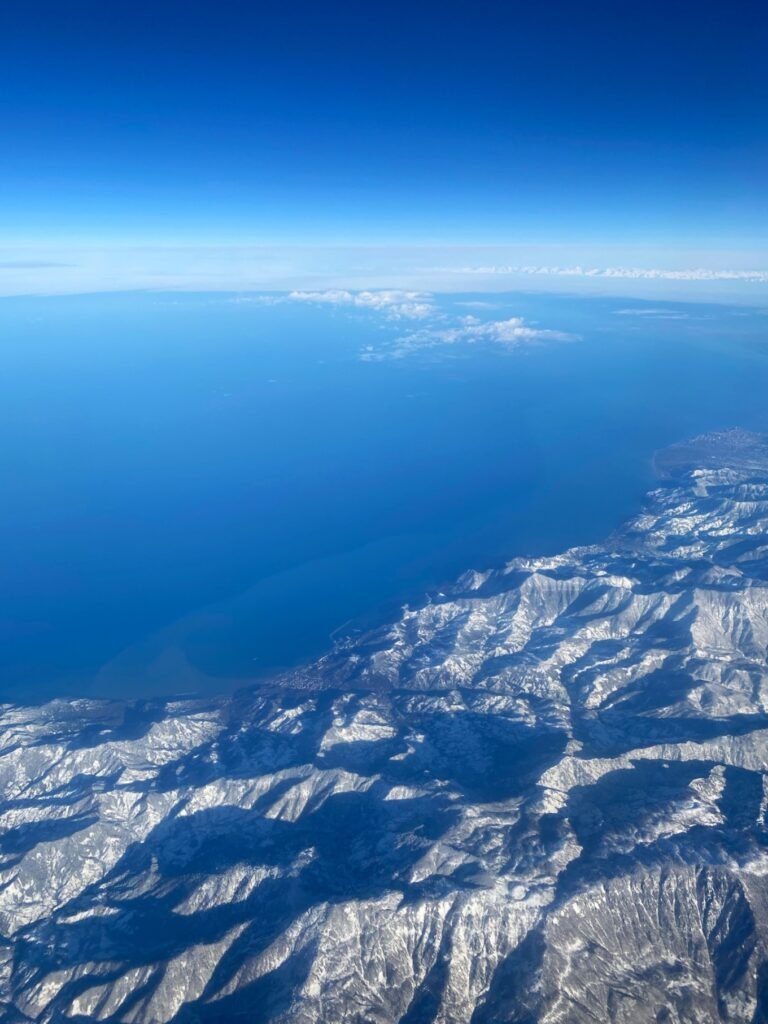
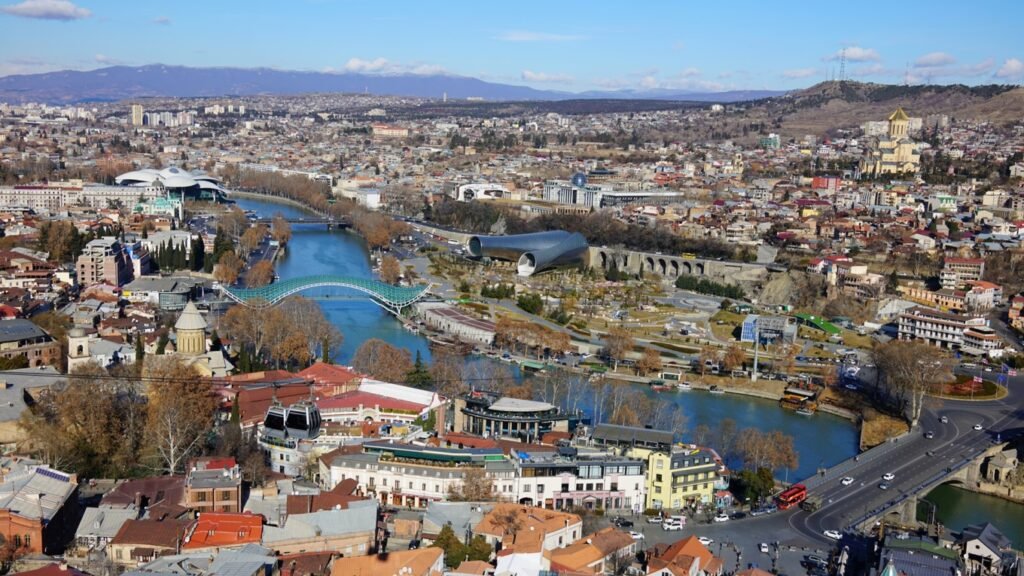

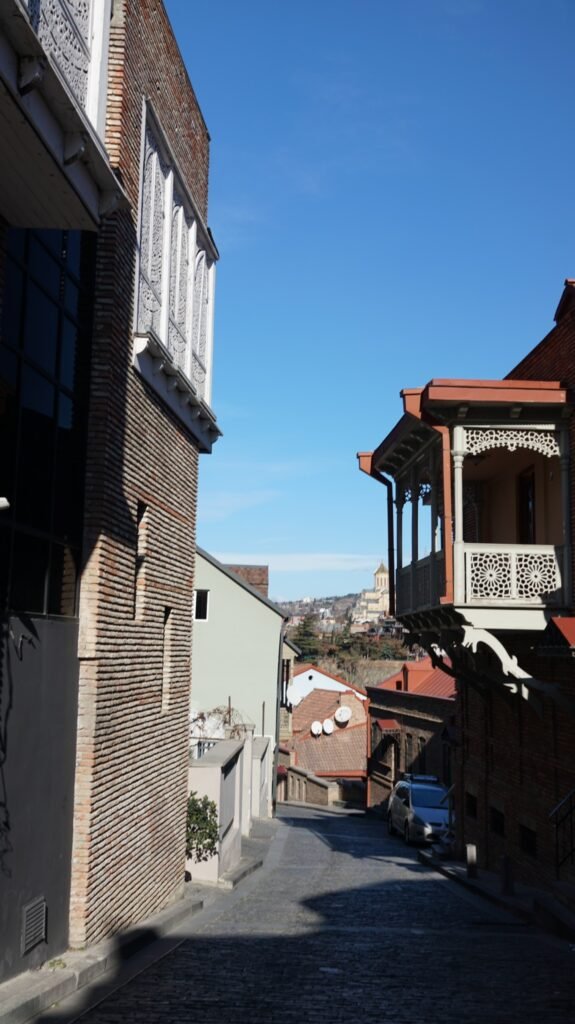
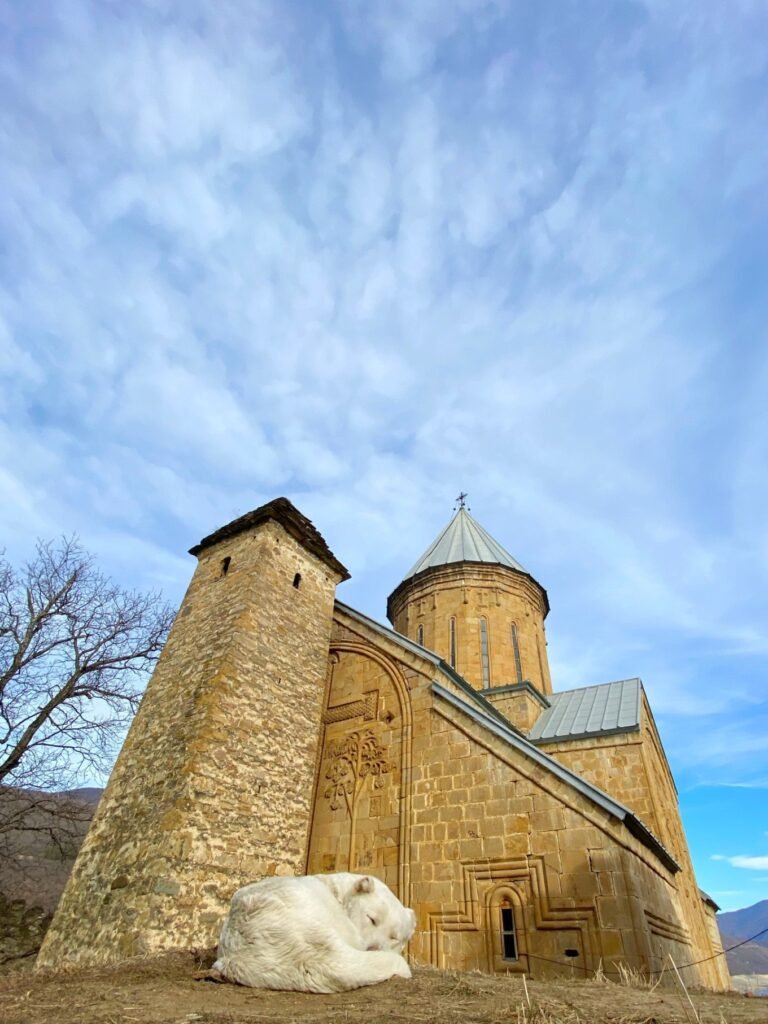
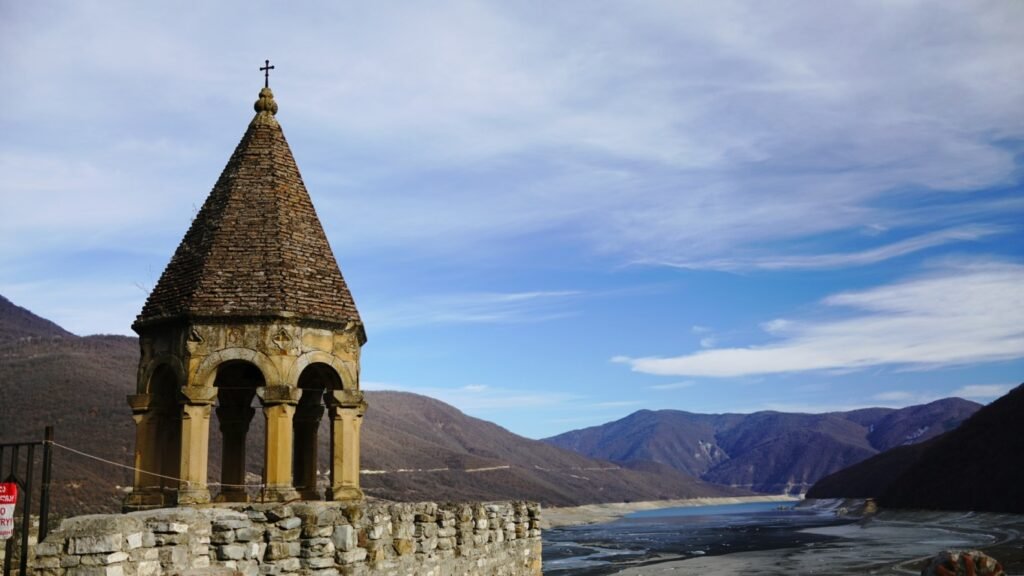
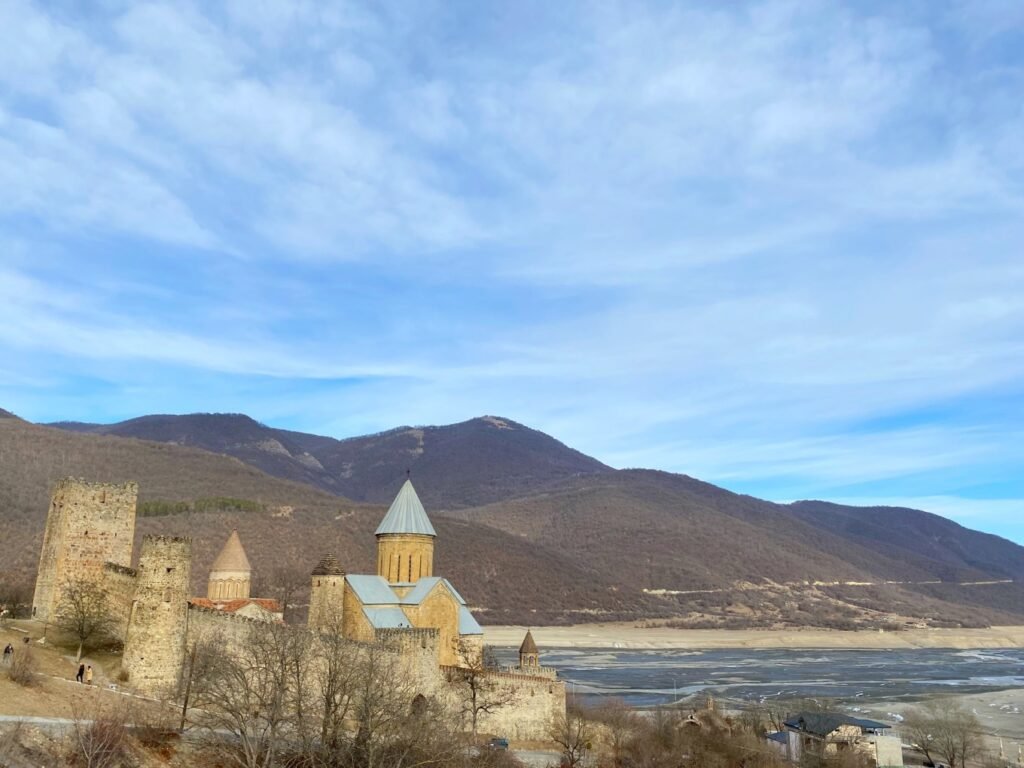
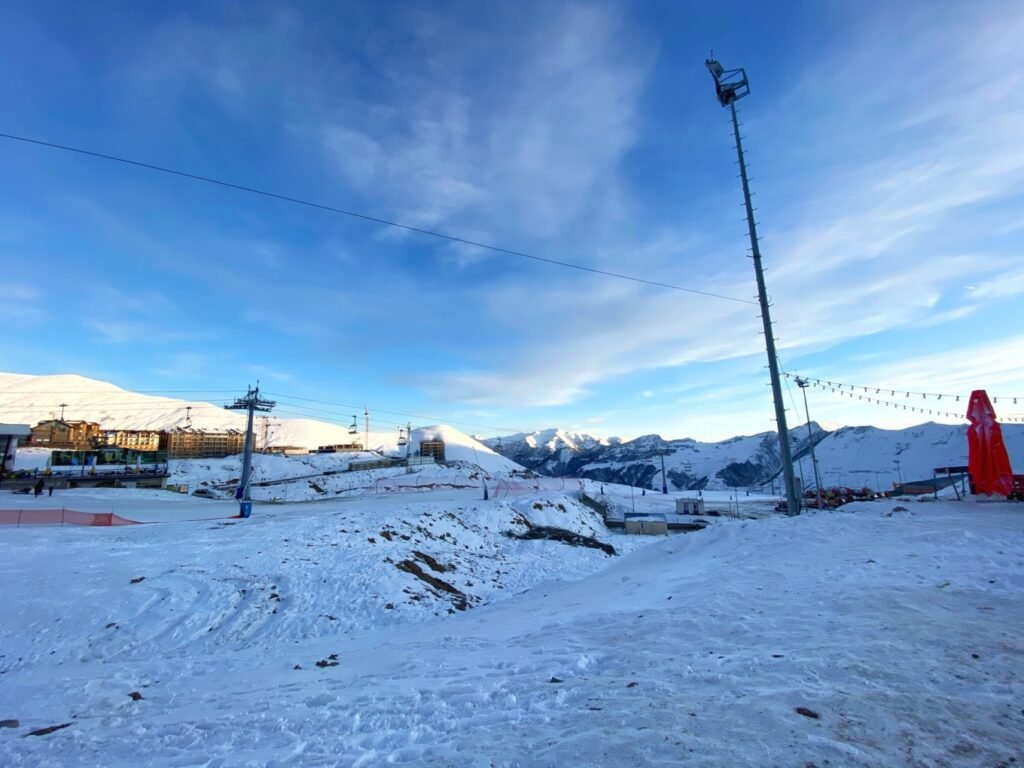
This year, Georgia is experiencing an unusually warm winter, and the ski slopes opened later than usual. There was a big snowfall in late December, but no more snow through January. The ski runs have exposed rocks, and the ground outside the hotel has turned into ice, making it extremely slippery.

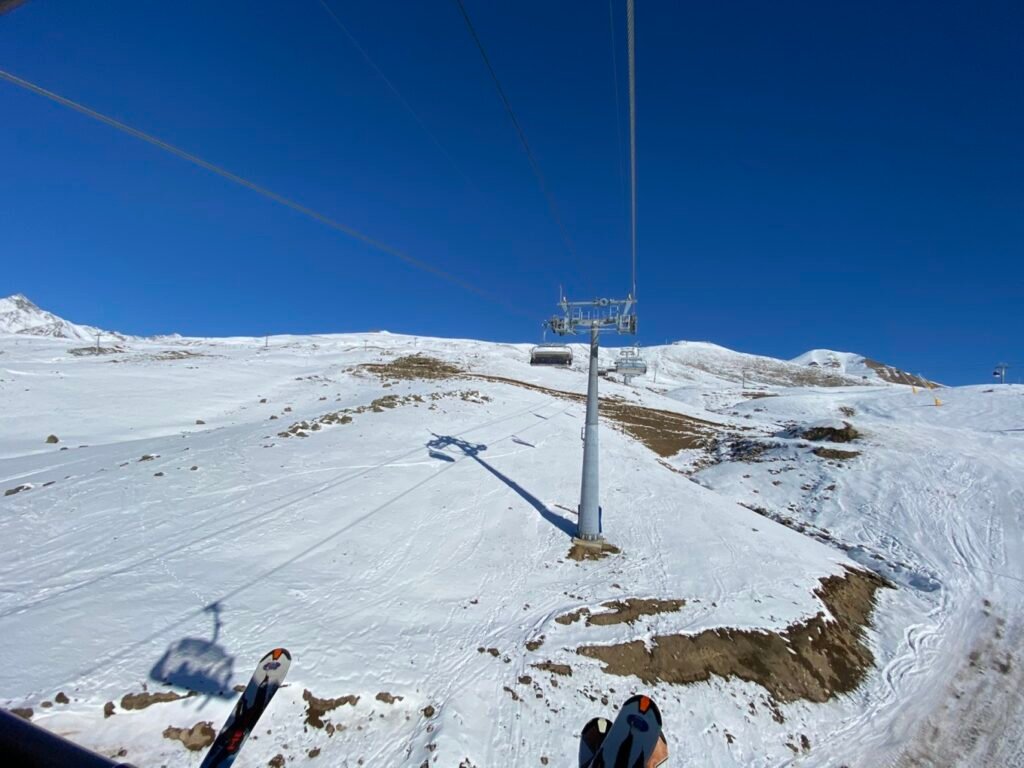
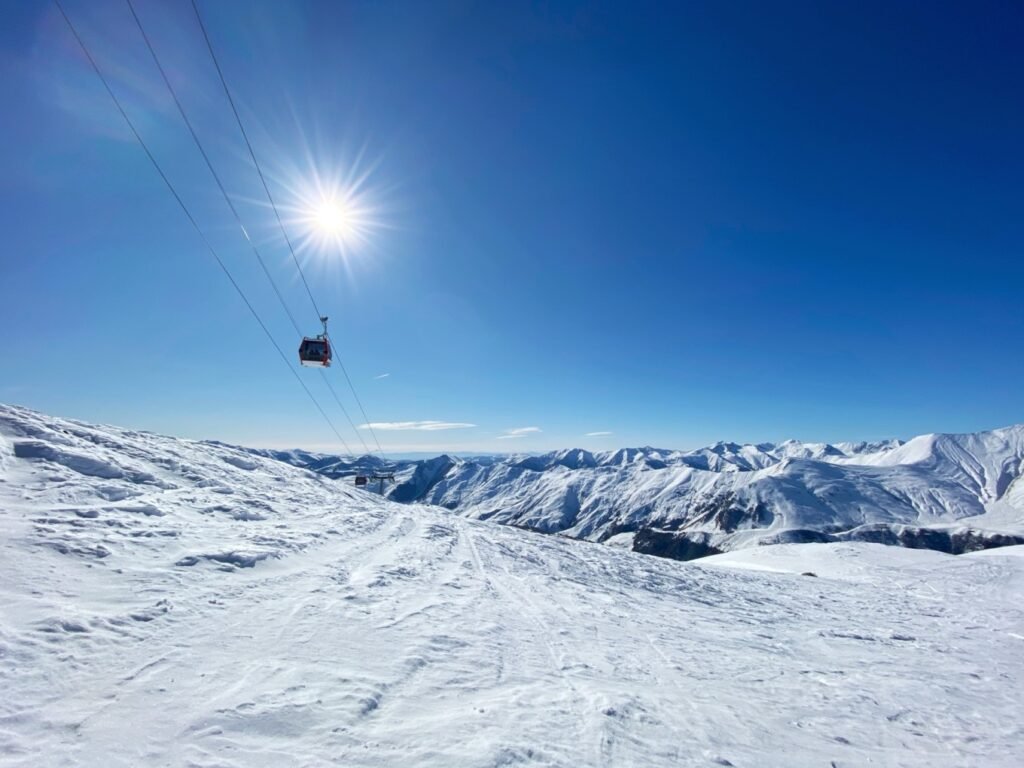
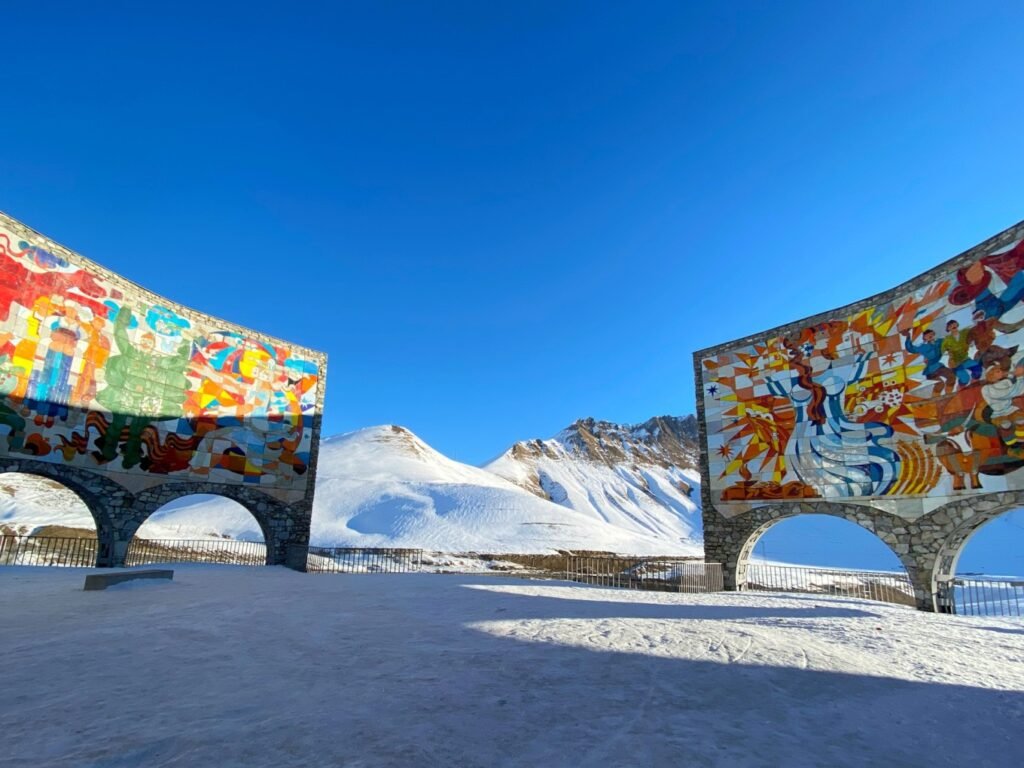
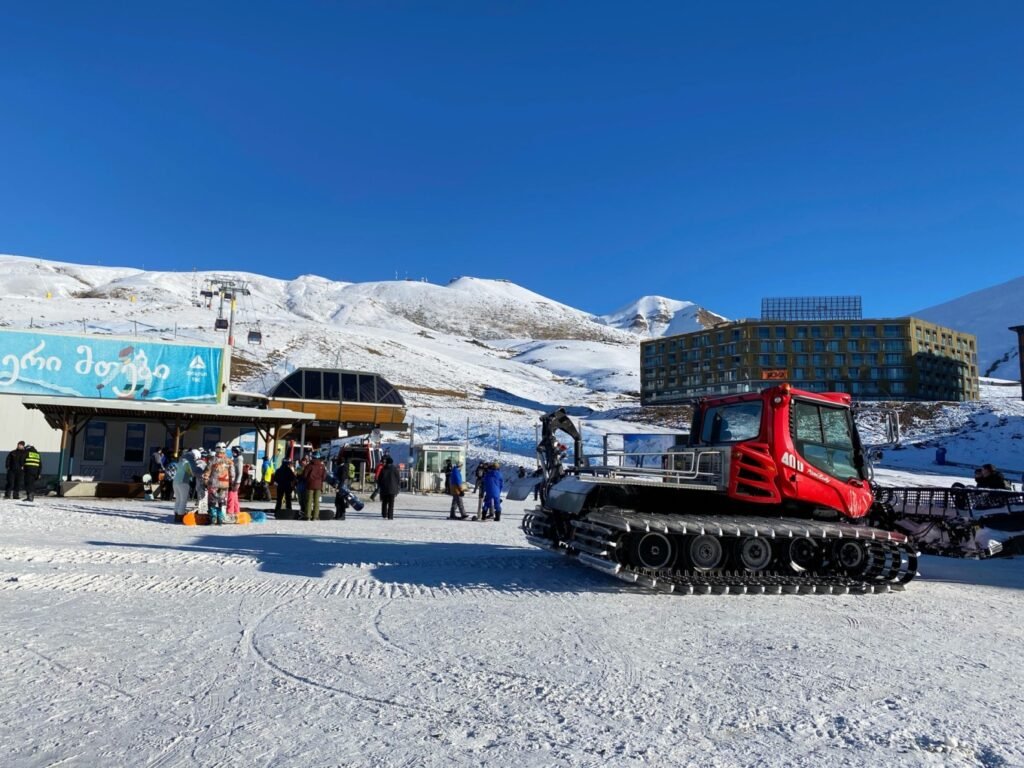
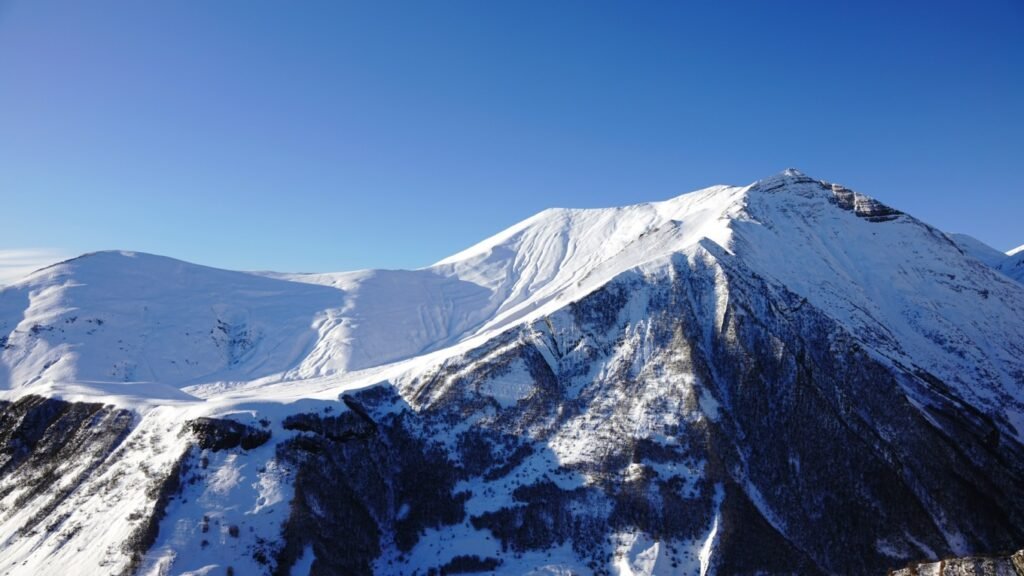
This year, there’s really been a lack of snow; the edges of the railings are showing the ground. In past years, the snow here would have been deep enough to cover your ankles by this time.
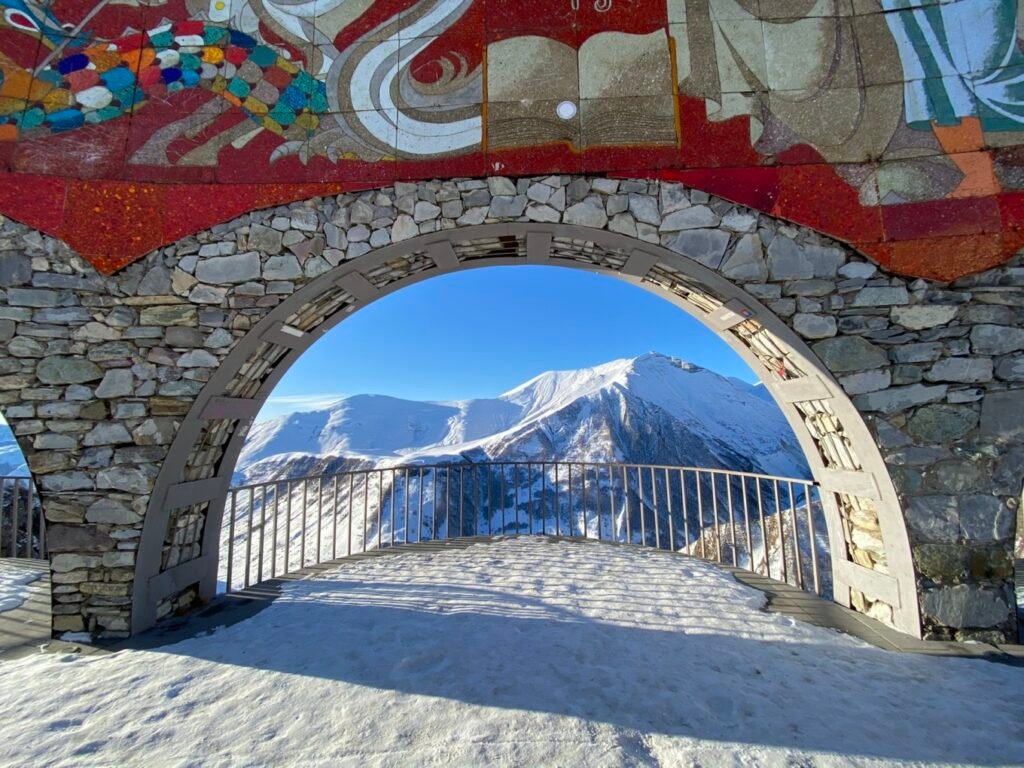
When going down the mountain, the ground at the cable car station was lower than elsewhere, making the seats seem higher. I missed getting on the seat, and as the cable car continued moving, I was almost pulled down by its momentum. J had grabbed my arm, but my ski suit was too thick and slippery for just one arm to hold onto. She was already on the cable car, and with it continuing to move towards a steep slope, she had no choice but to let go of me. At that point, I was half hanging off the edge of the slope, teetering and feeling like I might tumble down at any moment… Fortunately, the staff noticed in time, stopped the cable car, and pulled me back up.
Once I was sure I was okay, the cable car resumed, and the staff helped me get on safely at the designated spot. After getting on the cable car safely, I was finally able to get down the mountain…
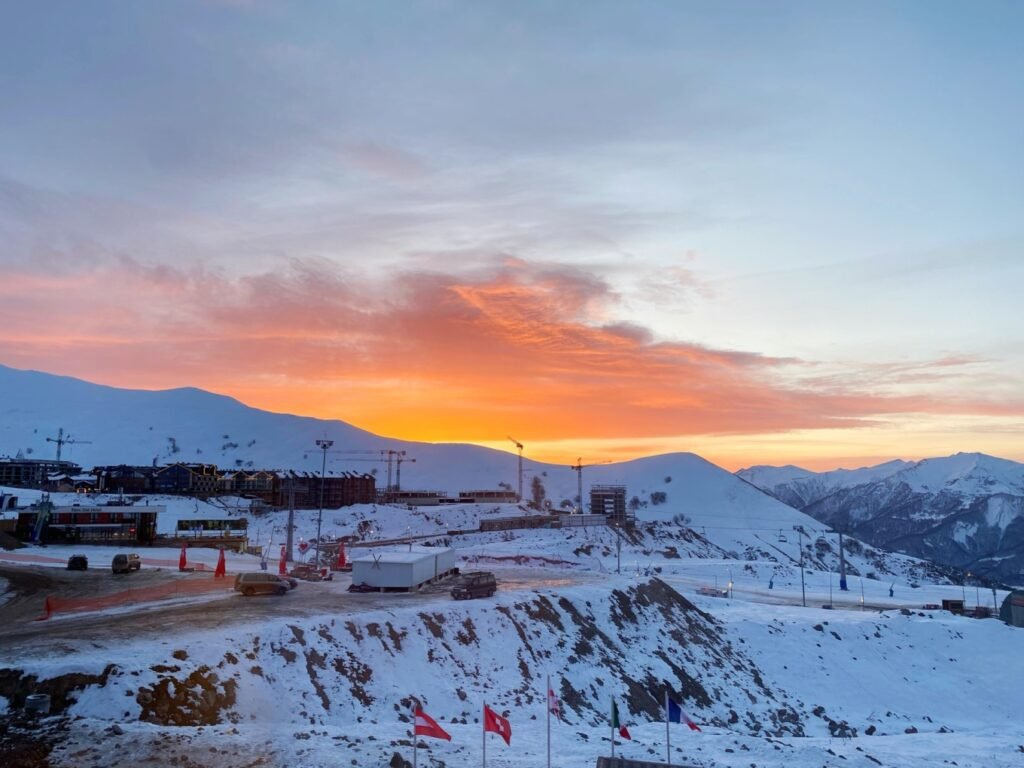

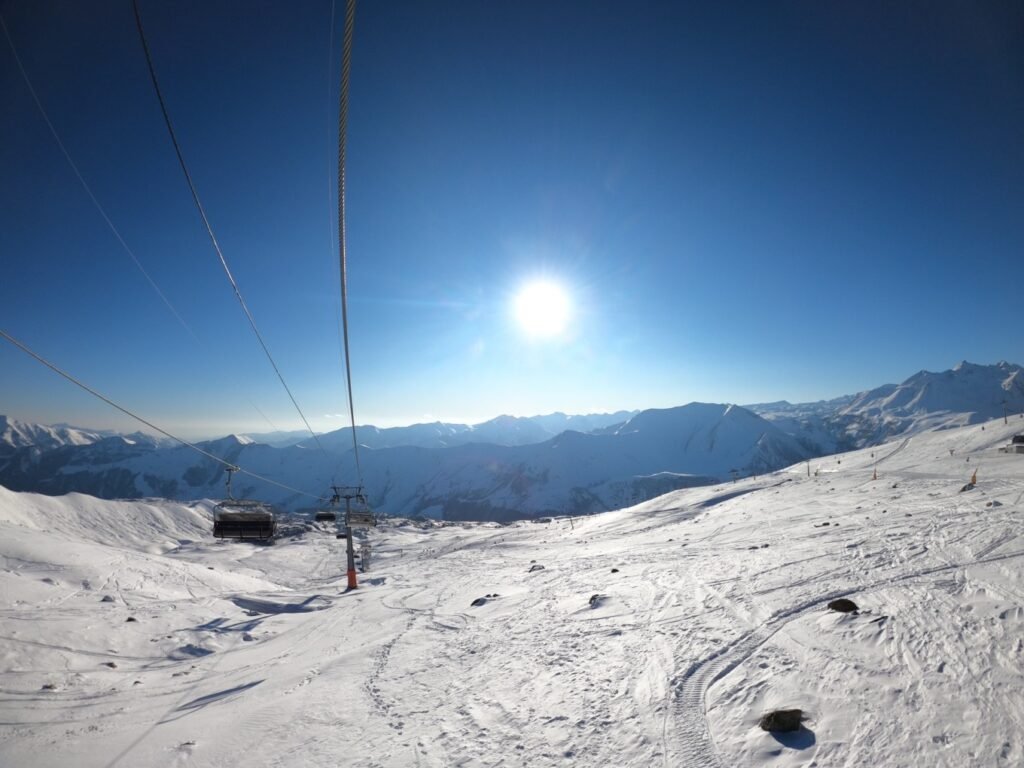

The capital of Georgia – Tbilisi
Tbilisi, formerly known as Tiflis, is the capital of Georgia and serves as the political, economic, cultural, and educational center of the country. It is also a major transportation hub in the Caucasus region. Located between the Greater and Lesser Caucasus Mountains, Tbilisi sits along the Kura River in the eastern part of Georgia, occupying a strategic position in the South Caucasus. It is the largest city in Georgia.
Tbilisi was established as the capital in the 4th century BC and has served as the capital for various Georgian dynasties. In the past, Georgia was occupied by Arabs and Turks, and Tbilisi was not spared. In 1801, the city came under Russian control. After the October Revolution, Georgia briefly gained independence, with Tbilisi as the capital once again. It later became the capital of the Transcaucasian Socialist Federative Soviet Republic and eventually of the Georgian Soviet Socialist Republic. With Georgia’s independence from the Soviet Union in 1991, Tbilisi regained its status as the capital.
Tourism in Tbilisi focuses mainly on exploring the old town, where you can stroll along cobblestone streets and experience the charm of the historic cityscape. The architecture from the 1960s and 1970s evokes a sense of traveling back in time.
I’m not fond of the bad tempers of Georgians—they lack patience and start grumbling at the slightest inconvenience. They’re nowhere near as gentlemanly or friendly as the people in Azerbaijan. Georgians tend to be too direct and carefree in their demeanor. I didn’t do much research on Tbilisi, but I noticed many artistic young people on the streets, casually immersed in their art. Along Freedom Square, old books are laid out for sale, but the Georgian script is quite complex, and after browsing for a while, I didn’t find any books in English.
The Holy Trinity Cathedral has a fairytale-like charm, with ivy climbing over the worn-down, low walls. At the Puppet Clock Tower, the chimes ring out on the hour. The Peace Bridge stretches across the Kura River, which winds its way through the steep canyon, running west to east through the city, seamlessly connecting its old and new parts. Walking through the streets, it almost feels like being in Europe.


Georgia follows Eastern Orthodoxy, so you’ll encounter various churches throughout your entire trip.
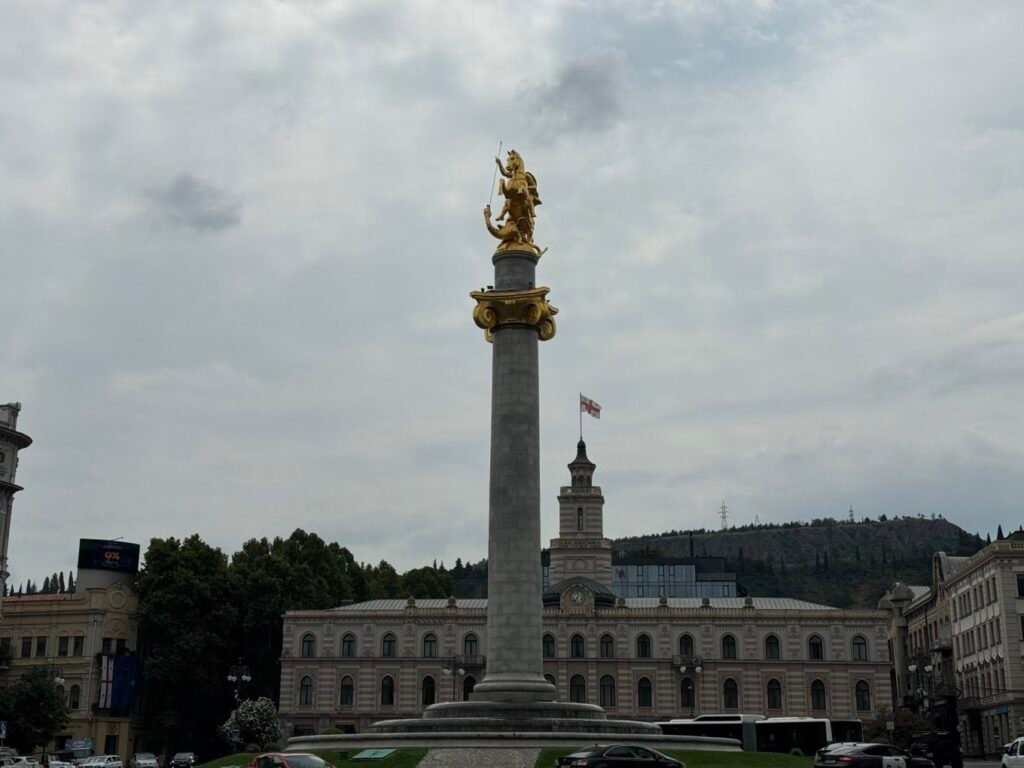

Tbilisi’s Freedom Square and the Puppet Clock Tower are notable landmarks.
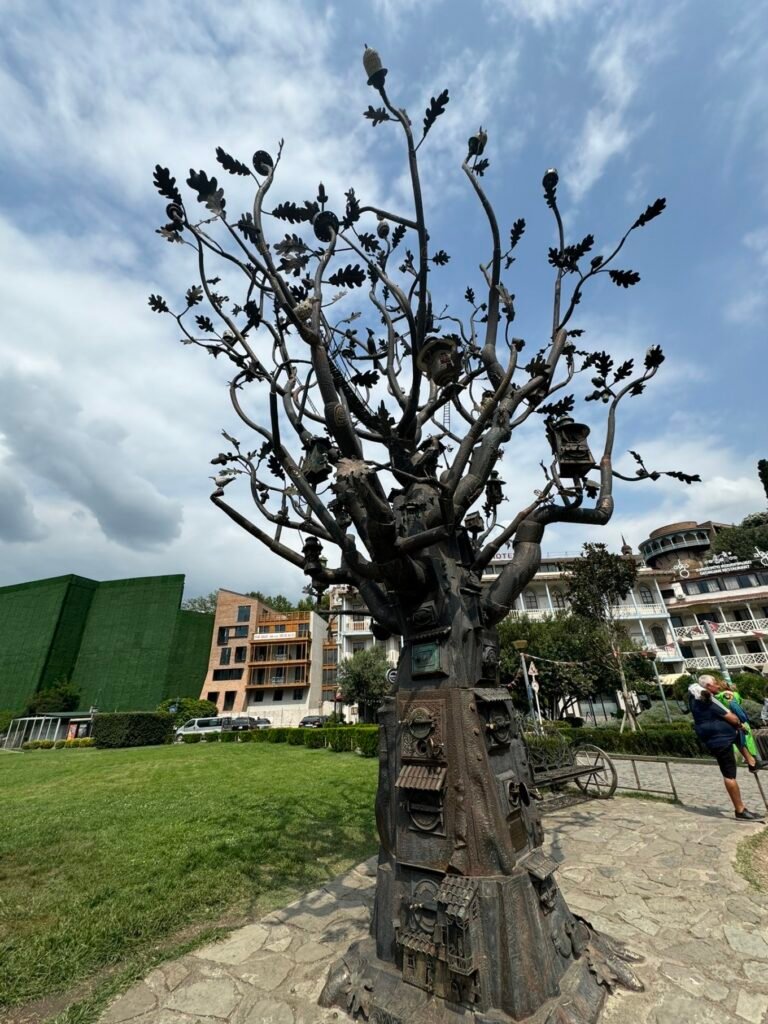
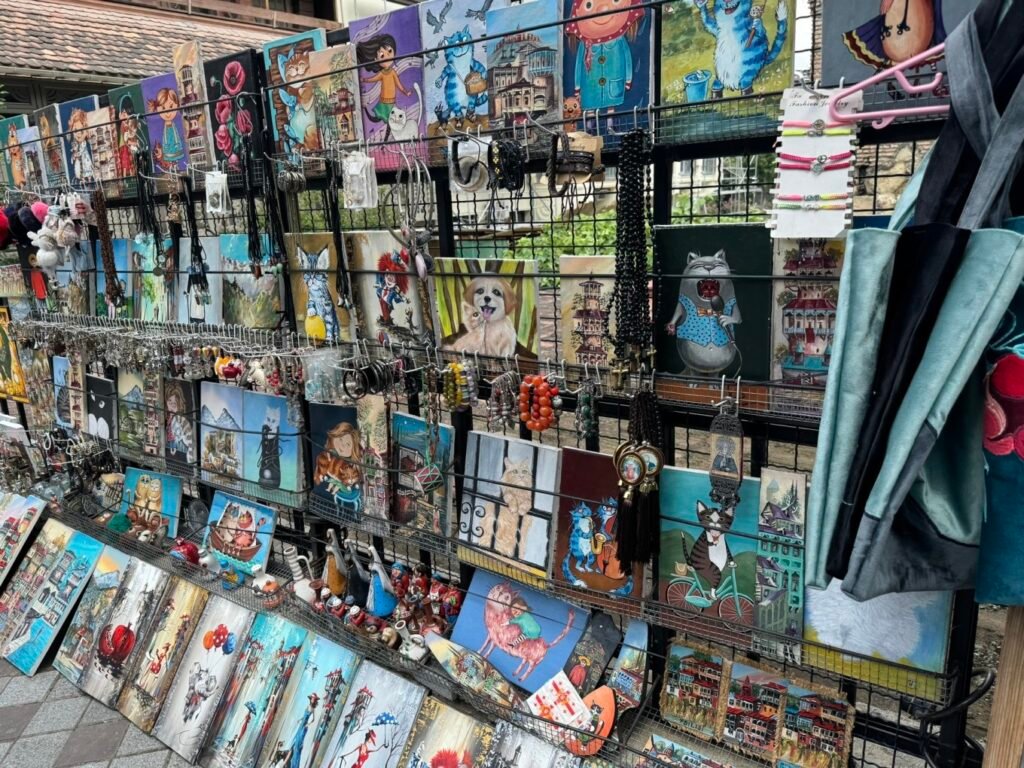
We also visited the National Museum, which offers a comprehensive exhibition, covering everything from the origins of the Georgian people to the collapse of the Soviet Union. There was even a display of Tibetan Buddhist statues from China. Unfortunately, photography was not allowed in any of the exhibition halls.

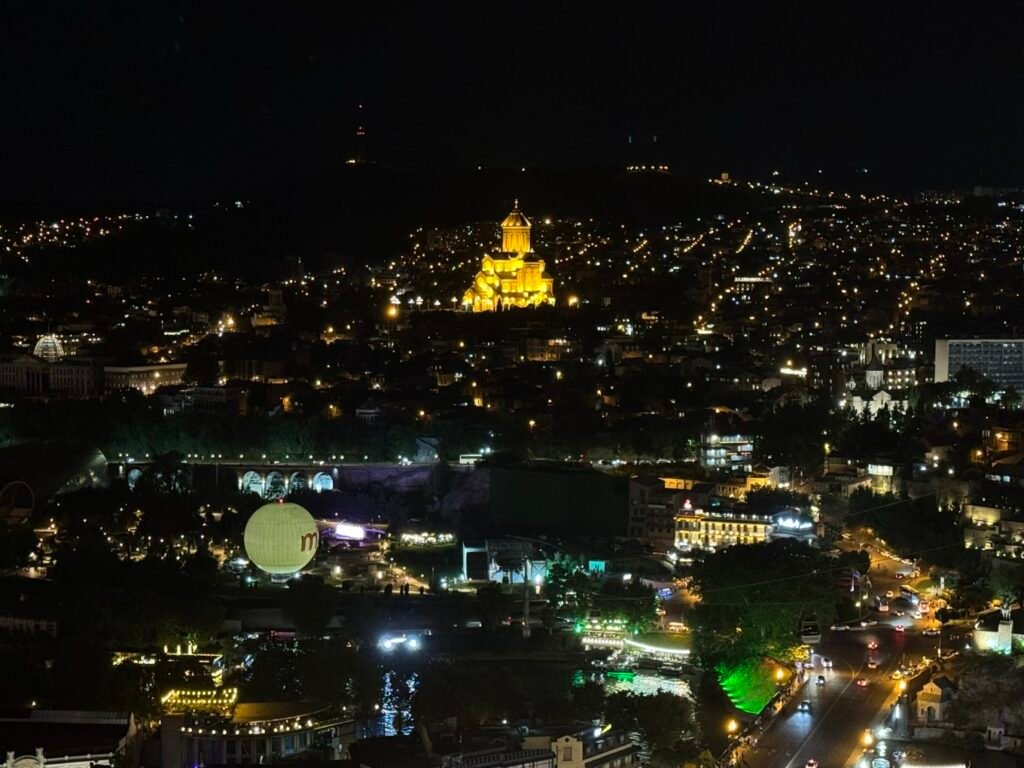
Under the night sky, the illuminated Holy Trinity Cathedral offers a stunning view. Taking the cable car to the top of the hill provides a breathtaking panorama of the city’s nightscape.
At 9 AM, the car rental company delivered the vehicle to me. After completing the paperwork, I started the day’s journey, covering a total of 170 km. While the distance wasn’t too long, much of the route involved winding mountain roads, and with multiple stops along the way, it took over six hours to complete.
This route is known as the Georgian Military Highway, an ancient road that dates back to the 1st century AD. It crosses the Greater Caucasus Mountains, leading to Vladikavkaz in Russia. It’s the fastest and most scenic route from Tbilisi to the Greater Caucasus Mountains. The highway follows the Zhinvali Reservoir, passes by the Ananuri Fortress, and continues to the ski resort of Gudauri, crossing the 2,379-meter-high Jvari Pass to reach Stepantsminda. Stepantsminda serves as the unofficial capital of the spectacular Kazbegi region and is the perfect base for hiking, mountaineering, and birdwatching.
First stop: Svetitskhoveli Cathedral.


The cathedral, built in the 11th century, is part of a medieval religious complex that earned Mtskheta a place on the UNESCO World Heritage List in 1994.
Second stop: Ananuri Fortress
Located on the banks of the Zhinvali Reservoir, Ananuri Fortress served as a key defensive stronghold on one of the most important routes connecting the northern and southern Caucasus. Though not very large, the structure is well-preserved, with living quarters, a small school, a church, and defensive walls all intact. It’s a breathtaking sight when it suddenly comes into view along the drive.


We arrived at our accommodation, a guesthouse in a small village, a little after 3 PM. After a brief rest, we drove to the iconic Gergeti Trinity Church, known as the church closest to the sky!

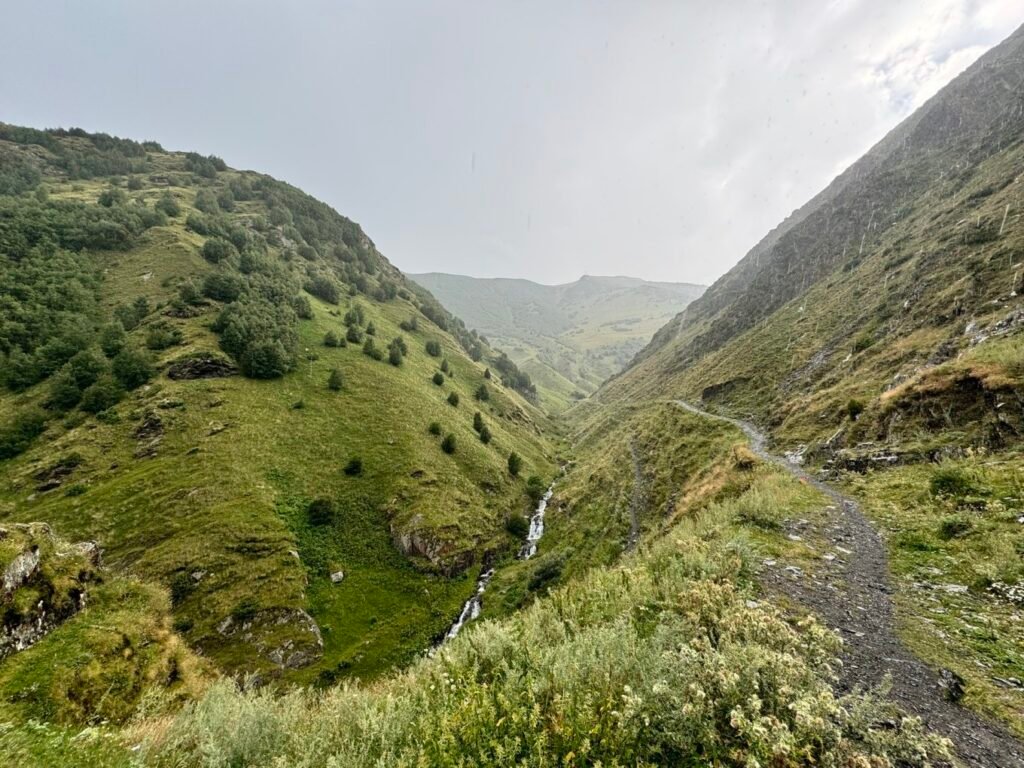
We first drove to the trailhead for the hiking route up the mountain. Kazbek Mountain is a paradise for hikers, with many trails leading to the summit. Later, we switched to the driving route and drove all the way to the top. The cloudy evening weather made the scenery especially spectacular.
After descending, we went into town for dinner and found a highly-rated restaurant through Google. Honestly, the food was terrible, though the beer was pretty good. The service was disappointing too—we had to call the waiter several times, but they ignored us for quite a while after we sat down.

Archaeologists have identified Uplistsikhe as one of the oldest urban settlements in Georgia, with evidence of human activity dating back more than a thousand years before Christ. From the 6th century BC to the end of the 2nd century AD, it was a major political and religious center of the Caucasian Iberian Kingdom (the ancient Kingdom of Kartli), featuring temples dedicated to the sun god.
With the Christianization of the Caucasian Iberian Kingdom in the early 4th century, Uplistsikhe gradually lost its significance, overshadowed by the new Christian centers of Mtskheta and later Tbilisi. However, in 645 AD, after Muslims invaded Tbilisi, Uplistsikhe regained importance as a key stronghold of the Georgian Kingdom and became a major station on the Silk Road trade route, with a population of around 20,000.
The Mongol invasions in the 13th century led to the city’s decline and eventual abandonment. After that, Uplistsikhe was only remembered during times of foreign invasion.

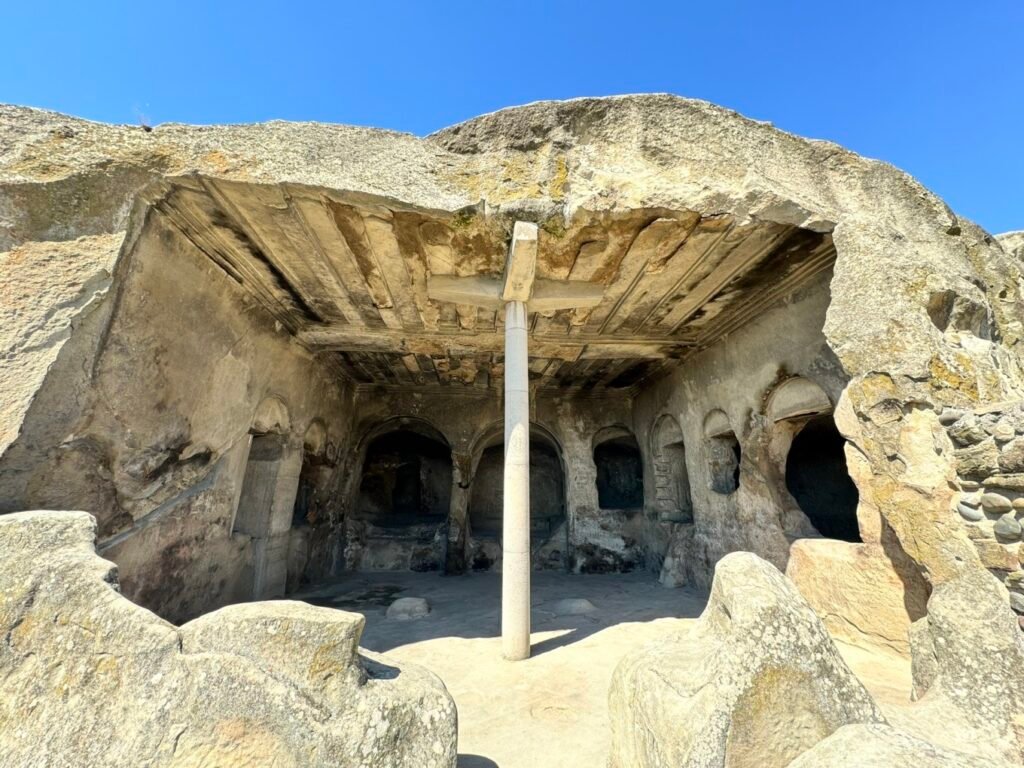



The scenery here is stunning, and with good weather, you can capture some spectacular photos. The entire visit takes about two hours.
After that, we drove straight to Iatkuzi.


Batumi, located about 400 kilometers from Tbilisi, is a seaside city on the Black Sea and the capital of the Autonomous Republic of Adjara. Although called a “republic,” it is actually an administrative region of Georgia. After the Soviet Union collapsed, Adjara avoided being drawn into Georgia’s civil war and became the most prosperous region in the country thanks to government-approved “free trade.”
The east-west highway from Tbilisi to Batumi was built by Chinese contractors.



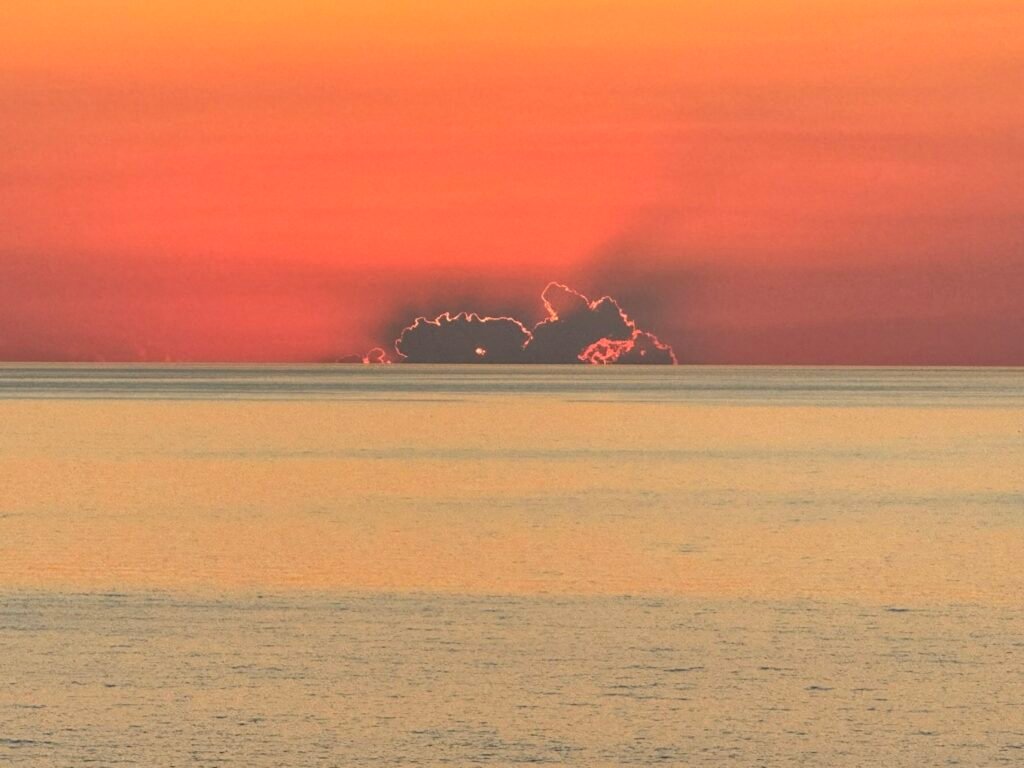

Batumi’s most famous landmark is the Ali and Nino statue. In photos, it often appears to be 20 to 30 meters tall, though that’s just an illusion.
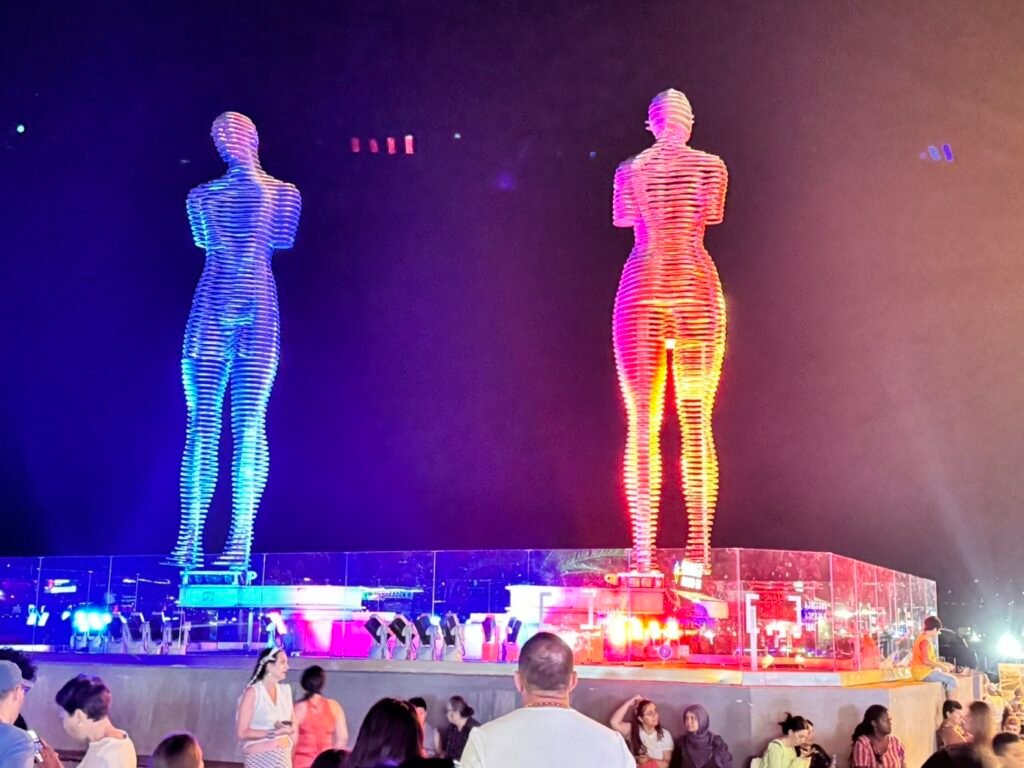

The McDonald’s restaurant in downtown Batumi is renowned as one of the most beautiful McDonald’s locations in the world.
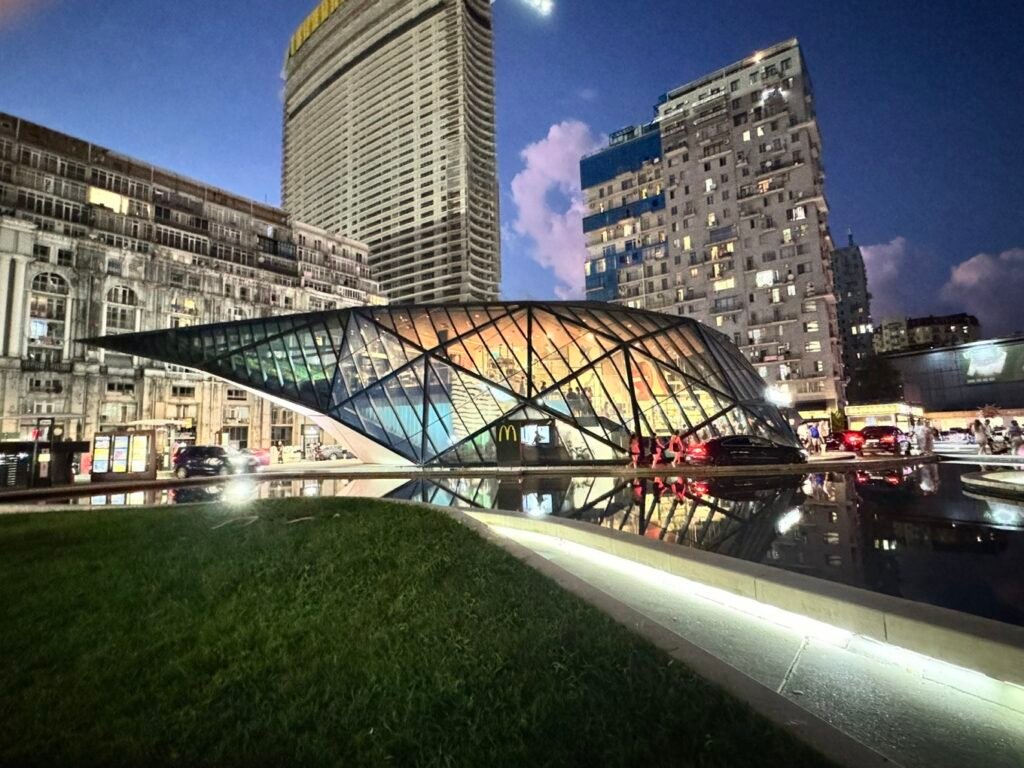
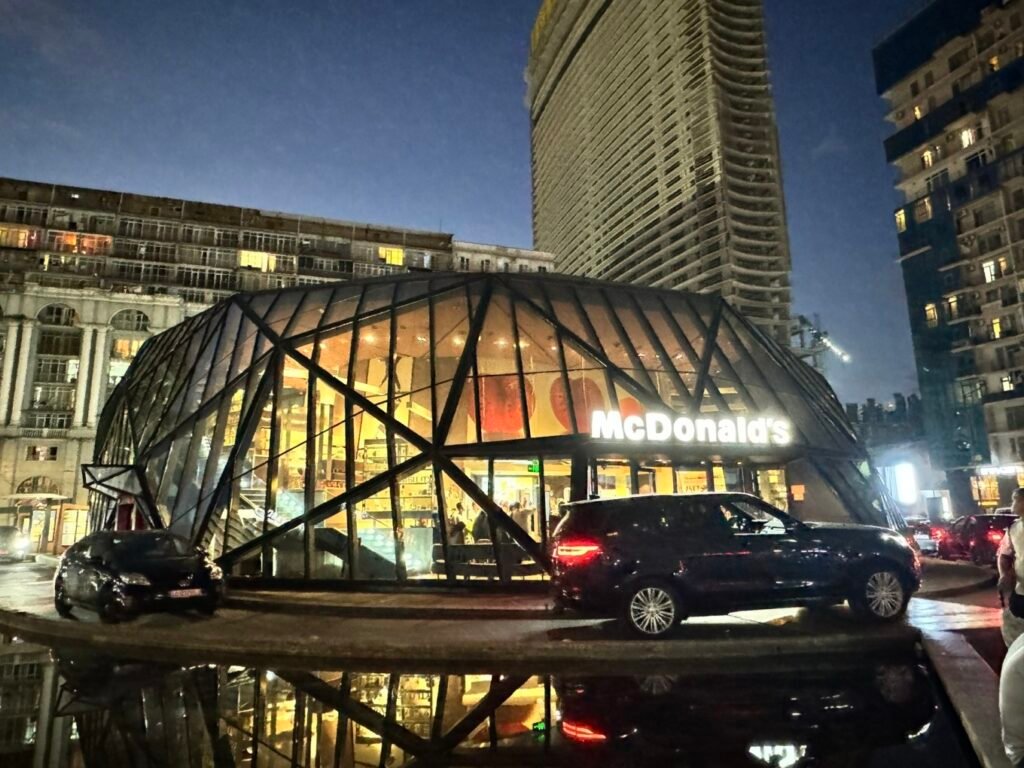
The Chronicle of Georgia monument was built to commemorate two significant anniversaries: 3,000 years of Georgian statehood and 2,000 years since the arrival of Christianity. The monument consists of 16 towering columns, which locals also refer to as the “Stonehenge of Georgia.”
These 35-meter-tall bronze pillars reach skyward, each covered in intricate metal reliefs. The columns are divided into three layers, each telling a different story.
- The top layer depicts Georgian traditions, such as the wine festival.
- The middle layer is more decorative, portraying important figures in Georgian history, including priests, diplomats, poets, and writers.
- The bottom layer features well-known Biblical stories, such as Noah’s Ark and the Last Supper.
These columns not only preserve historical memories but also serve as masterpieces of art and culture. On clear days, sunlight casts a golden glow over the reliefs, making them even more captivating to admire.
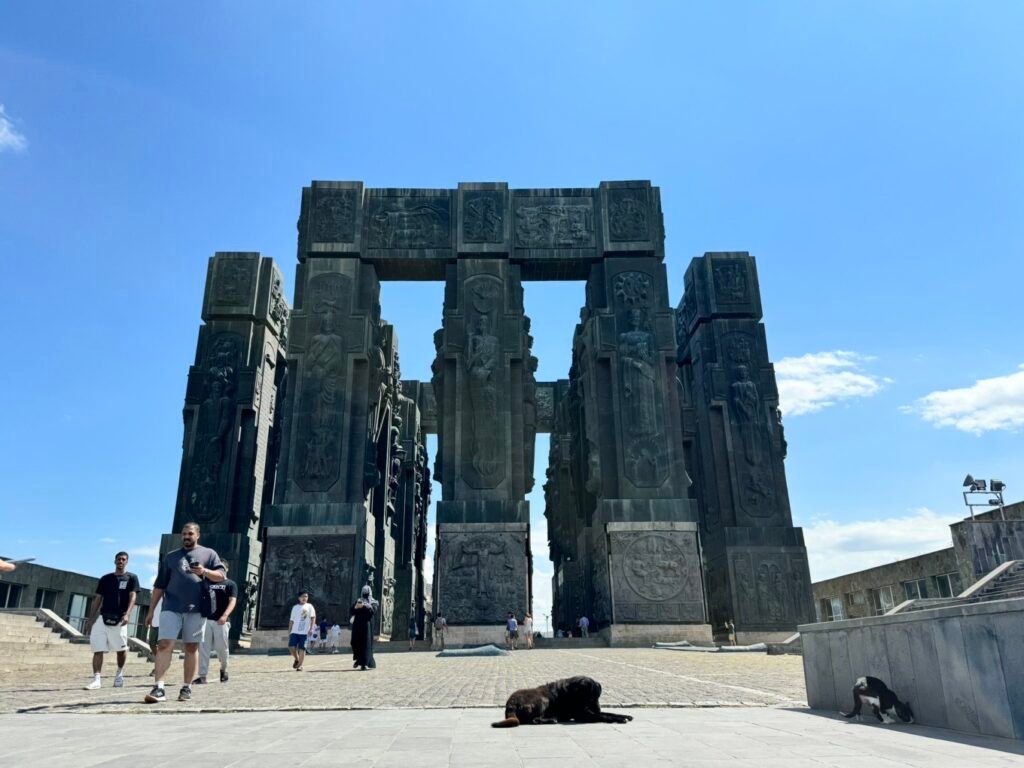
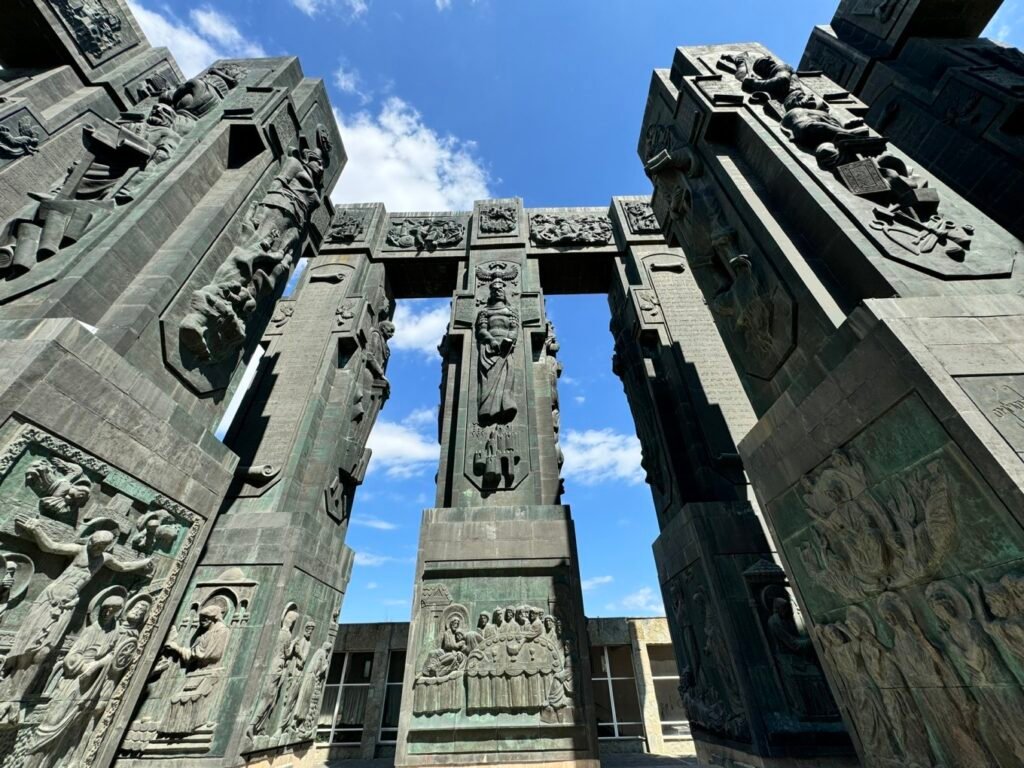

The location of the Holy Trinity Cathedral is quite remarkable. Tbilisi is a city nestled in a valley along the river, with most of the buildings and roads running along the riverbanks or built on the surrounding hillsides. The cathedral sits high on one of these slopes, making it visible from many parts of the city. This might be the power of faith—its presence always in sight.
Eastern Orthodoxy has more rules than Catholicism. For example, women are required to cover their heads and avoid wearing short skirts or shorts to enter. Although photography is technically not allowed, as it’s also a tourist spot, the rules aren’t enforced too strictly. Still, it’s important to remain as quiet and respectful as possible to avoid disturbing others.
One of the defining features of Orthodox churches is the absence of rows of seats, making the space open, airy, and expansive. Many spots in the church are adorned with exquisite crystal chandeliers. Prayers are made with candles, which are placed at altars in front of icons.

